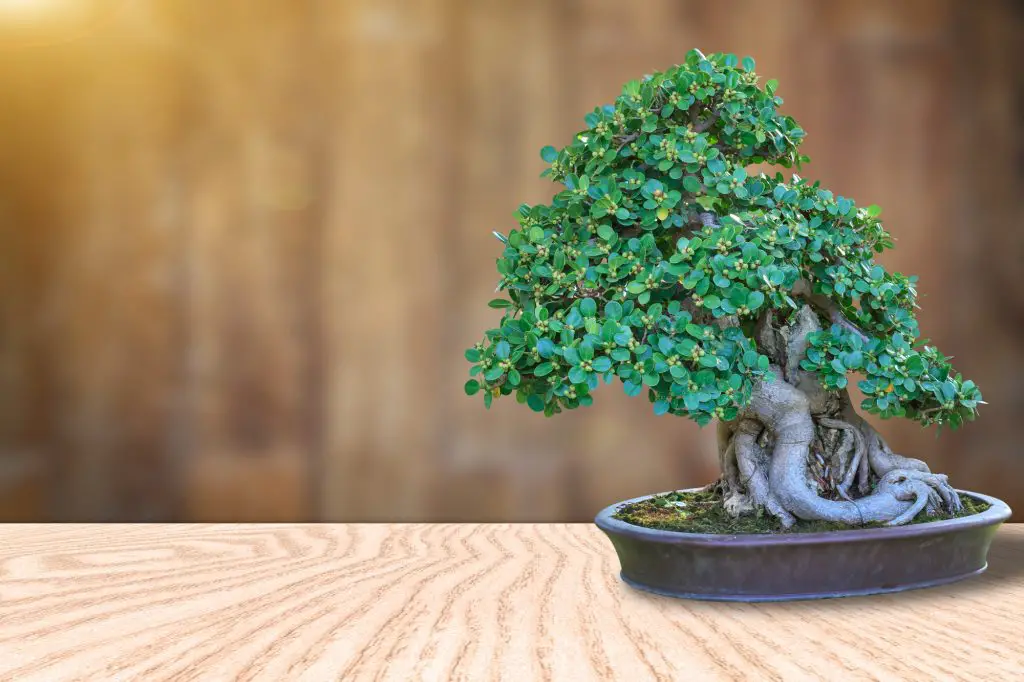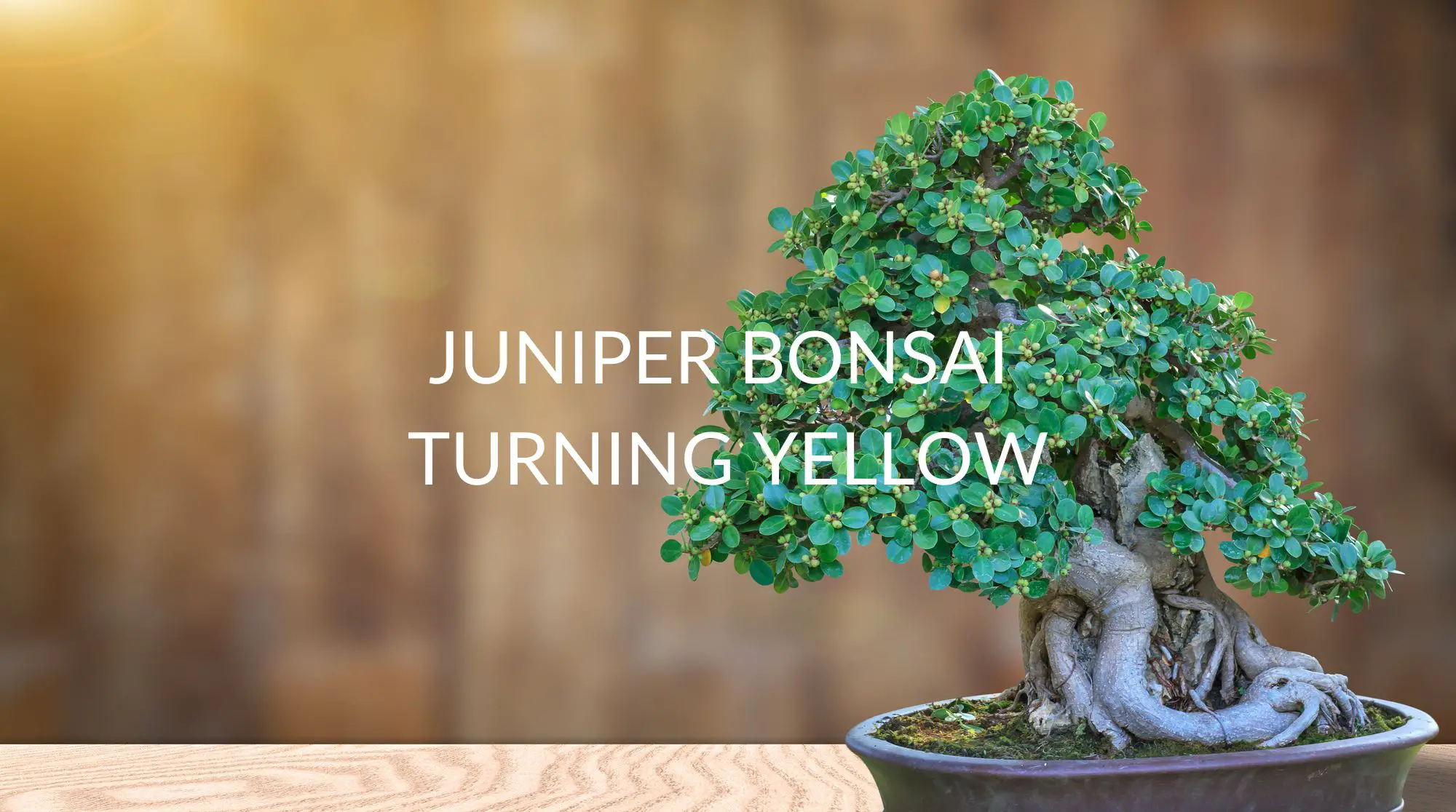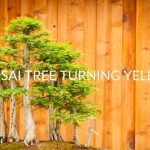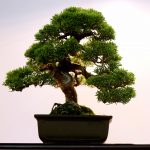Sometimes despite your best efforts, you might find your Juniper Bonsai yellowing anyway. Don’t panic, however, as today we’re going to tell you a little more about why this happens and what you can do.
We’ll follow it up with a little preventative maintenance that you can give your tree, and if you do this, then yellowing foliage might well become an unpleasant but distant memory. Let’s take a look at what you need to know about a Juniper Bonsai that’s turning yellow!
Why Is My Juniper Bonsai Tree Turning Yellow?
Yellowing can be a symptom of a few different issues, so you’ll want to check for the items below so that we can narrow down the cause of the yellowing and treat it effectively. Let’s take a look!
Not Enough Water Is the Most Common Reason
The most common reason for yellowing is that your Juniper is not getting enough water. Typically, you want to water it whenever the top 2 inches of soil are dry, which generally comes out to once every 3 weeks and less frequently in the cold winter months.
Is Your Soil Draining Too Fast?
If you’ve mixed your own soil, too much pumice or perlite can make the soil drain TOO quickly, resulting in the water draining before your tree can get its fill. Perlite and other drainage additives to your soil should only be about 25% of the mix – more than this, and it could be a problem.
Perlite also doesn’t hold many nutrients, which makes it a bit mediocre for drainage where your Juniper Bonsai is concerned.
Nutritional Deficiency in the Soil
Standard potting soil is not ideal for Bonsais, so if you are using this, then the soil might well be the problem. Commercial Bonsai soil is available (get the coniferous mix for your Juniper), or you can make your own with 50% Akadama, 25% lava rock, and 25% pumice.
Your Juniper Bonsais Not Getting Enough Sunlight
If your Juniper Bonsai is placed somewhere too far away from the sun, it might not get enough sunlight. Your Bonsai needs 6 to 8 hours of bright, indirect light. Avoid direct sunlight as this can burn the leaves of your Juniper Bonsai.
Usually, a spot about 3 feet from a window that will get lots of indirect sunlight during the day is ideal.
Cold Can Cause Your Tree to Yellow
Check to see if there is a heating or AC vent above or very close to your plant. Too much cold can cause your tree to be yellow, while too much heat is going to make water evaporate more quickly than is natural and also result in water deficiency. If you spot a vent, then it’s time to relocate the plant.

How Do You Save A Yellowing Juniper Bonsai?
Now that you’ve got a basic idea about what is wrong, then it’s time to take some remediation steps in order to try and save your tree.
If caught early, yellowing is indeed something that you should be able to help with, so be sure to check the steps below and use all that you feel will apply to give your plant the best chances at survival.
Treat With Fungicide if the Yellowing Is From Fungus
If the yellow that you are seeing on your tree is actually fuzzy, then you are dealing with fungus and you can quickly take care of it with some fungicidal spray.
You’ll want to set the tree away from your other plants when you apply the fungicide – after that, you can use the other tips here to give your tree the best chances.
Water Carefully and Fertilize
You need to make sure that your Bonsai is getting the right amount of water and the easiest way to do this is to push your index finger into the top 2 inches of soil to check it. If it is dry, then your Bonsai needs to be watered right away. If it is not, then do NOT water it until that portion has dried out.
If you water it anyway when this soil is still moist, then you could overwater your plant, and root rot is a very real possibility. Now, provided that you are giving the proper amount of water, a single treatment with a water-soluble fertilizer, heavy with phosphorous and diluted to half strength, will also help your tree.
Prune Dead Branches and Roots
Dead branches will need to go. Failing to trim them will only make your already weakened tree more susceptible to disease, so they need to be pruned right away. You should also check the roots for root rot. If all of the roots are dry, however, then you will not be able to save the tree.
Look for firm, white roots – these are the healthy ones – and trim off the browned or dry ones before repotting your plant.
Mix up a New Soil Batch for Repotting
You can mix up your own batch of new soil with a 50% Akadama base, as well as 25% pumice and 25% lava rock, or simply go with a commercial Bonsai mix for coniferous plants – which may be the best choice to ensure that everything is perfect for your transplant.
Repot and Place Your Juniper Bonsai
With your new soil ready, you should repot your Bonsai and place it somewhere that it will get 6 to 8 hours of bright, indirect sunlight and which is also away from any excess heat or AC vents. Water it lightly for today, and check the soil occasionally after that.
Once the top 2 inches of soil are dry, then water your plant again and watch its progress.
How Do You Keep Juniper Bonsai From Yellowing?
Preventative maintenance for your Bonsai is the best way to keep it healthy, and it’s easy to do once you’ve gotten to know your plant and its needs. Use our tips below to create a schedule for keeping that yellow foliage from occurring in the first place!
Start Checking the Soil With Your Fingers
Take your index finger and push it into the soil about 2 inches down. Is the soil dry there? If it is, then your plant needs water, but if it isn’t, then you need to leave it alone for now.
It sounds simple, but this little trick works with a lot of plants and can keep you from over or underwatering your plant quite easily.
Water From the Bottom Up
Watering from the bottom up makes sure that your Bonsai will get getting proper watering each time. To do this, simply pour the water in slowly until you begin to see it coming from the drainage ports in the bottom of your pot.
Once you see this, you’re done until those top 2 inches of the soil are dry again.
Watch Out for Ventilation Issues
Temperature and air circulation are going to have an effect on your plant’s water. Too much heat can make it evaporate too fast or promote fungus, while too much cold can even make your plant yellow on its own. As such, watch out for anything that produces heat.
Computer vents, AC, and heating vents – if it chances the airflow or the temperature, it’s best to keep your plant away from it.
Consider Your Drainage
Too much or too little drainage can affect your plant over time. With too little, then the roots end up sitting in water and can develop rot. With too much drainage, then your plant will not get enough water.
If you are mixing your own soil, try using pumice instead of perlite, and it should only be about 25% of your soil.
Sunlight Should Be Indirect and Consistent
If your Bonsai gets moved around during the day or it it’s in a spot where the sunlight isn’t going to be very consistent, then this will quickly cause your plant to sicken. Make sure that it is getting 6 to 8 hours of bright, indirect light.
Placing it 3 feet from the south or west-facing window is ideal if you’ve got a good space and avoid direct sunlight – too much can burn your Juniper leaves.
FAQ
Should I Repot My Juniper Bonsai?
Unless you are working with a sick plant and just looking to repot them to give the plant a ‘clean slate’ to work with, sources such as Bonsai Empire advise that you only need to repot your Bonsai once every 3 years.
What Fertilizer Is Best for My Juniper Bonsai?
Big Boy Plants tells us that fertilizer needs will vary from Bonsai to Bonsai, but the important components to look for are phosphorous and nitrogen in the brand which you select.
How Often Should I Fertilize My Juniper Bonsai Tree?
As far as when to fertilize, Bonsai Boy tells us that you should give a small dose of liquid fertilizer in the spring, followed by a heavier dose in the fall. The commercial fertilizer should be diluted to half-strength for best results.
Some Closing Comments on Your Juniper Bonsai Tree
If you are experiencing Juniper Bonsai yellowing, then we hope that you will make good use of the tips which we’ve shared today. Start off by determining the cause, such as underwatering, draining issues, and the like, and once you’ve identified the problem, then you should be able to attempt treatment.
Mix up some new potting soil, and be sure to prune any dead branches or roots; and if you find fungus present, then don’t forget to deal with that before repotting your freshly pruned tree.
While they look quite delicate, your Juniper Bonsai is stronger than you think, and with a little luck and these tips, then your tree might just have a fighting chance!








